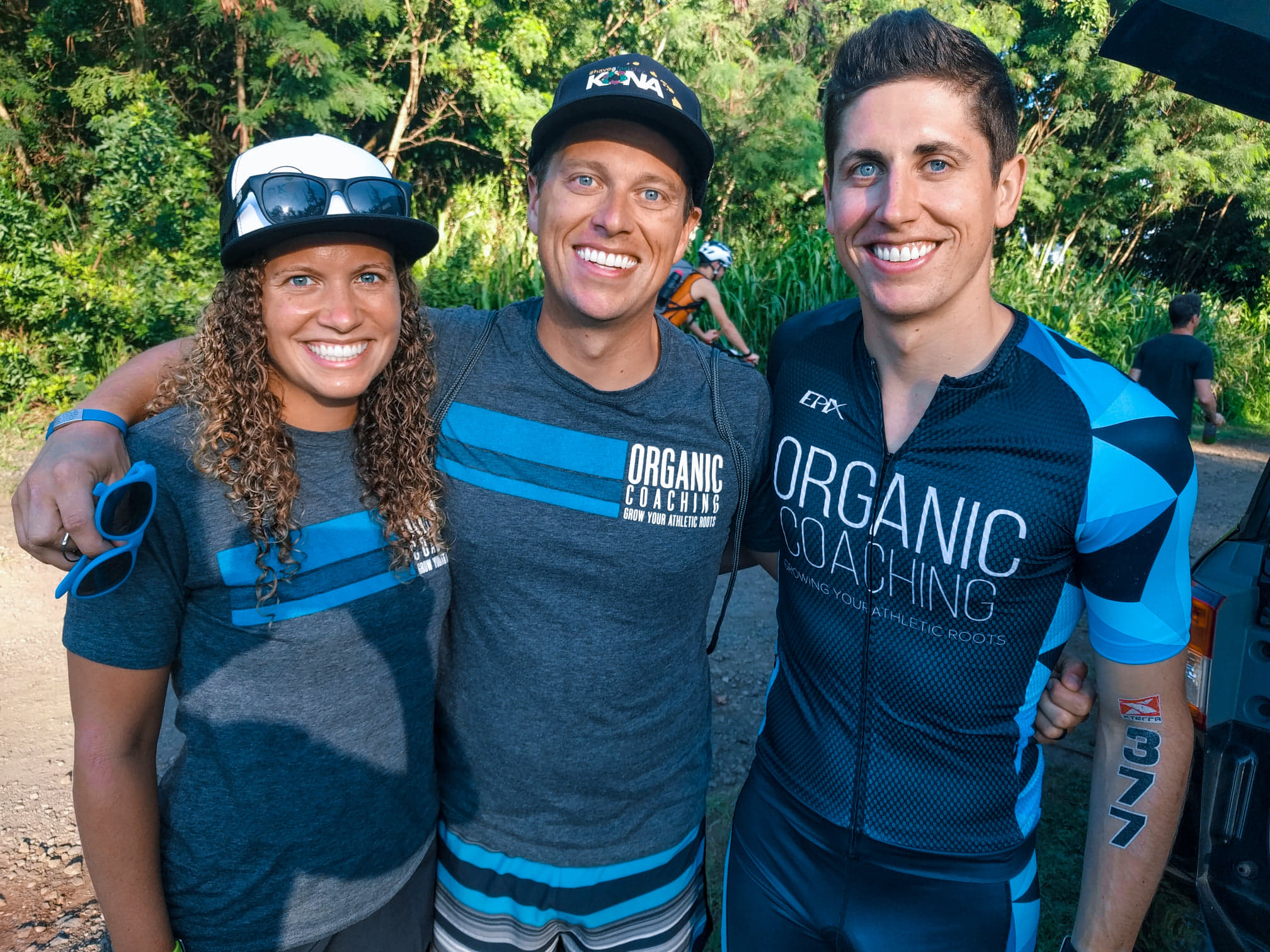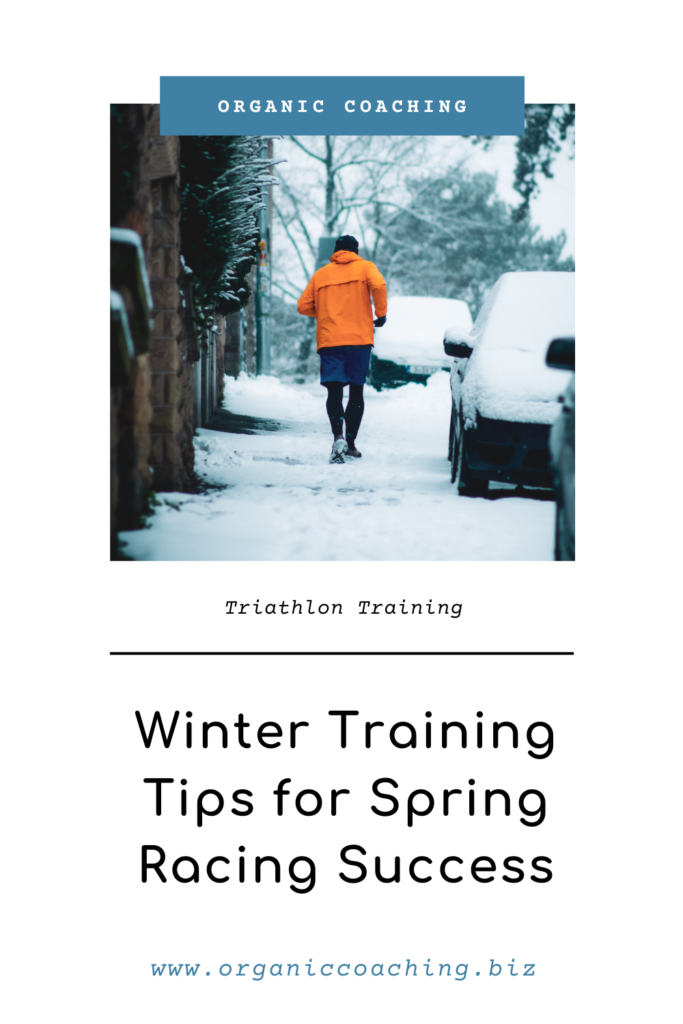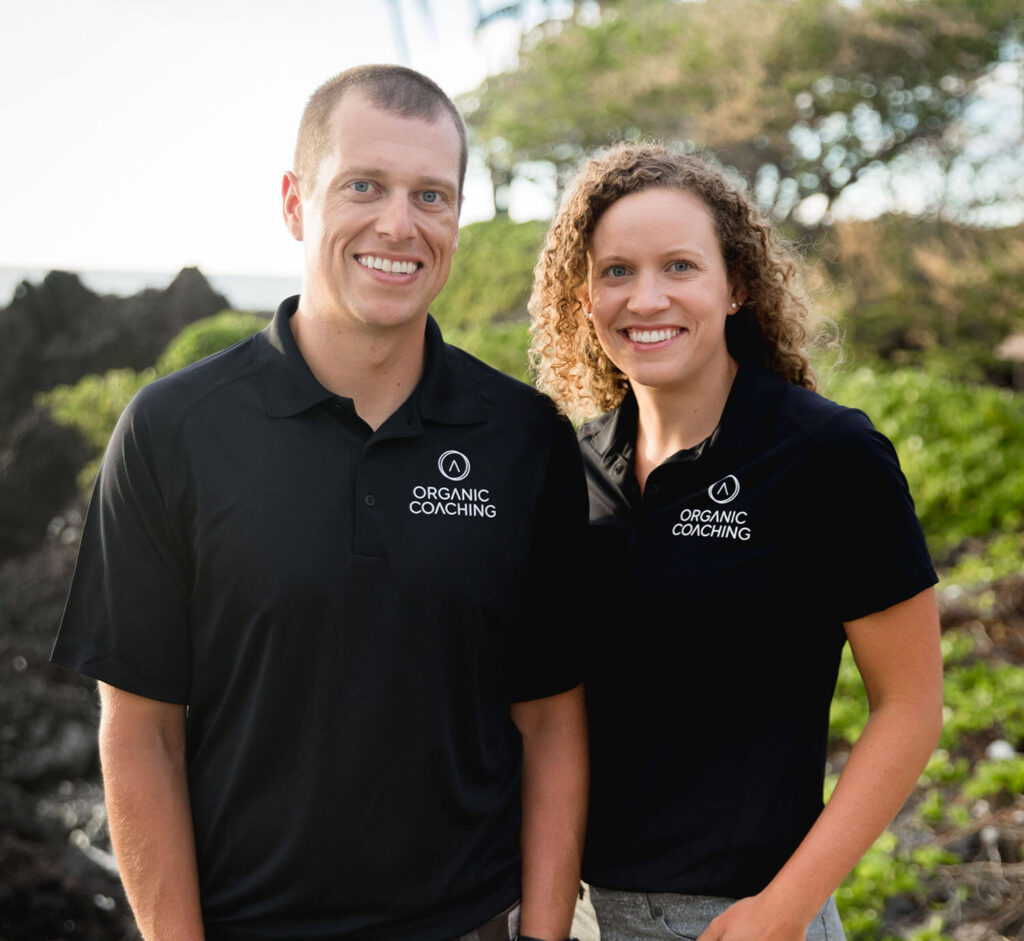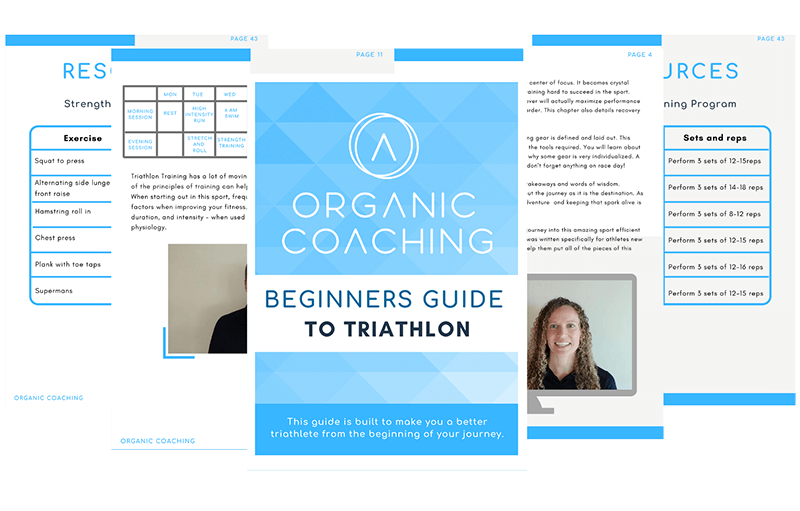

Many of you are training for spring races like Ironman 70.3 Texas or maybe even Ironman Tulsa. Don’t worry, longer days and warmer temperatures are just around the corner! But until then, here are some tips, tricks, and tools to help get you through these last few weeks of winter and those big training blocks. To help you to show up ready on race day in peak performance.
First off, you need to have a coach or a structured training plan to help keep your training in check and your fitness heading in the right direction, up! If you need some extra accountability or help with the details of triathlon training issues that often present themselves like injury prevention/injury rehab, time management, or pacing a coach might be the right choice for you. Otherwise, having a structured training plan that is built around your needs can keep you on track, your training building at the right speed, and possibly most importantly have the proper amount of rest and recovery built in to keep you injury-free. So that you can show up on race day feeling fresh and in peak performance.
Consistency is key for showing up on race day ready to give it your all. This is about sticking to the plan and showing up for yourself day in and day out. Even when the weather is bad, it’s cold, snowing and you would rather be doing anything else in the world besides getting ready to do your long run.
It can be tough to notice your fitness improving when you are in the middle of a build and your body is under fatigue. It’s about sticking to the plan, trusting the process, and making those fitness deposits that you will withdraw on race day. You won’t do yourself any good training as a professional triathlete for two weeks and then falling off the bandwagon for two weeks. This is a common cycle that athletes struggle with but it won’t give you any forward progression.
Instead, keep checking off those sessions day after day, week after week, month after month. Of course, though, we are all human, and missing the occasional workout due to family or work commitments are going to happen occasionally, and that’s okay. As long as it doesn’t become a habit and always remember that consistency is key.
When the snow is coming down and running surfaces are anything but ideal conditions the treadmill can offer a good alternative to outdoor running. It offers a stable surface with no interruptions. While it can be boring and anything but appealing to some, you can get in quality training with different types of interval or tempo work to keep the mind engaged and the body happy. This is the perfect opportunity to dial in pace work to get you ready for the big day!
For spring races, we never know what the weather or more specifically, what the temperature will be. It could be 40 degrees and overcast, perfect racing conditions, or the first 80-degree day of the year and pure sunshine. Heading into your race there are a few things you can do to best prepare your body for the possibility of a hot race day.
Heat acclimation training improves the body’s ability to perform in higher temperatures. The easiest way to do this is to simply wear a few extra lays when heading out for your afternoon run (ideally when the sun is in full force). When first starting out you should reduce your intensity slightly for the first few workouts to avoid any negative heat-related effects.
You could also try hyperthermic conditioning, this is simply using an artificial heat source such as a sauna. After an hour run use the sauna for up to 15 minutes. This way your core body temperature is already increased which allows for greater heat adaptations. With all things, be sure to work your way into any heat acclimatization training. In addition to these strategies, you should also have a hydration/electrolyte plan specific to your needs.
Lastly, grit also known as mental toughness is the key ingredient to achieving success within many sports but especially triathlon. This is the ability to keep going when things get darn tough, to stay committed to your goals. Everyone has their definition of what “hard” feels like both physically and mentally. Training for and racing a triathlon can be a very lonely feat.
There are times our thoughts drift to a dark and negative space. Do you have the ability to bring them back to the bright side, to keep going when the devil is on your shoulder says you should start to walk when the “hurt” sets in? When you develop true grit obstacles are only temporary and with the right guidance, anything is possible.
Use these winter training tips and tricks so that you’re ready for Spring race success! If you enjoyed this article, share it with a new triathlete who is entering their first winter of triathlon training!
-Coach Carly
READ MORE: SIMPLE TIPS FOR RUNNING RECOVERY TO GET AHEAD OF YOUR COMPETITION


Carly and Tyler Guggemos built Organic Coaching in 2014 with a simple philosophy that works. The idea is to take what you have and grow it to get faster, fitter and stronger. And to do it with the time you have – not the time you wish you had.

For athletes who are ready to take their training to the next level while still thriving and succeeding in their professional and family life.
Copyright © 2024 Organic Coaching LLC